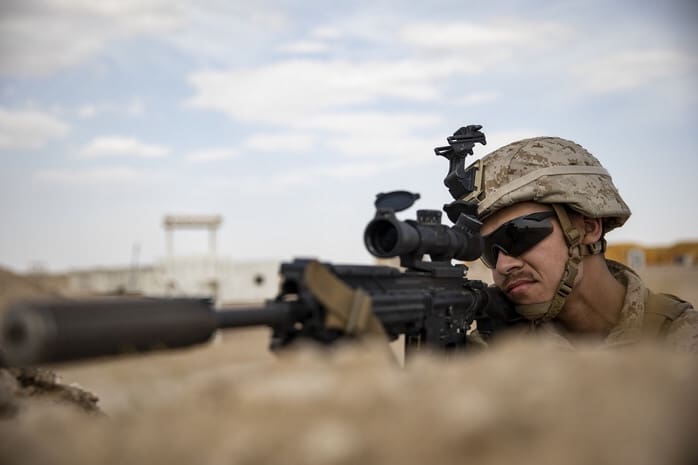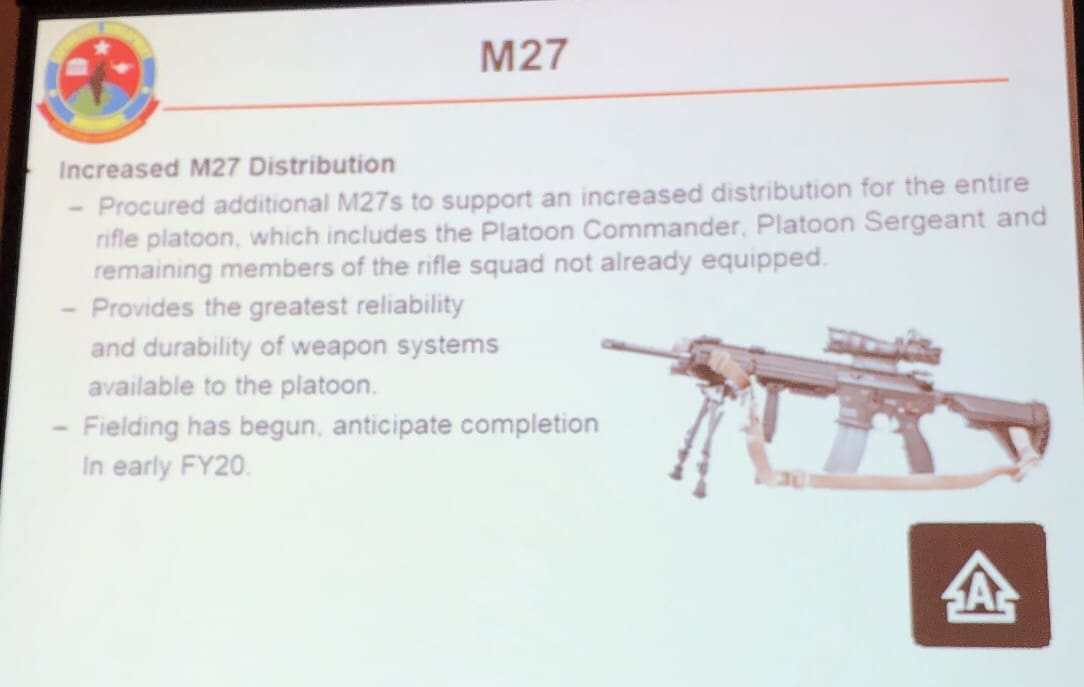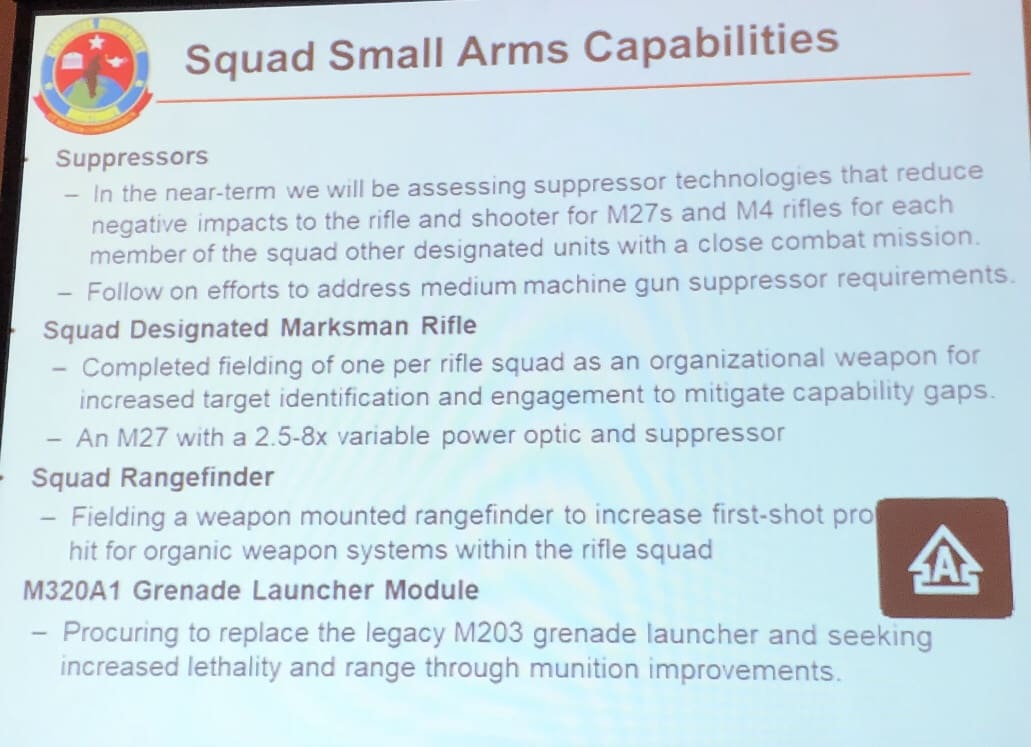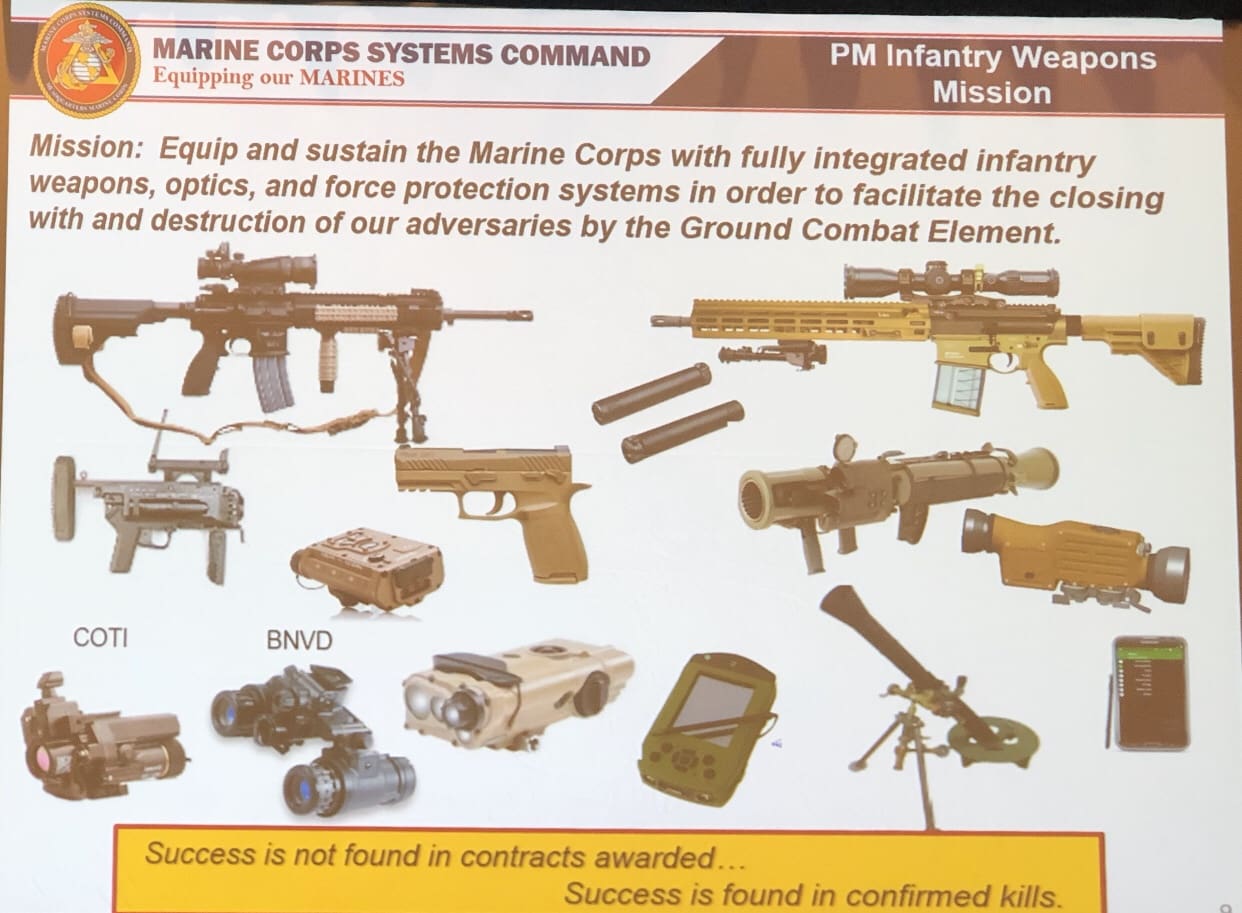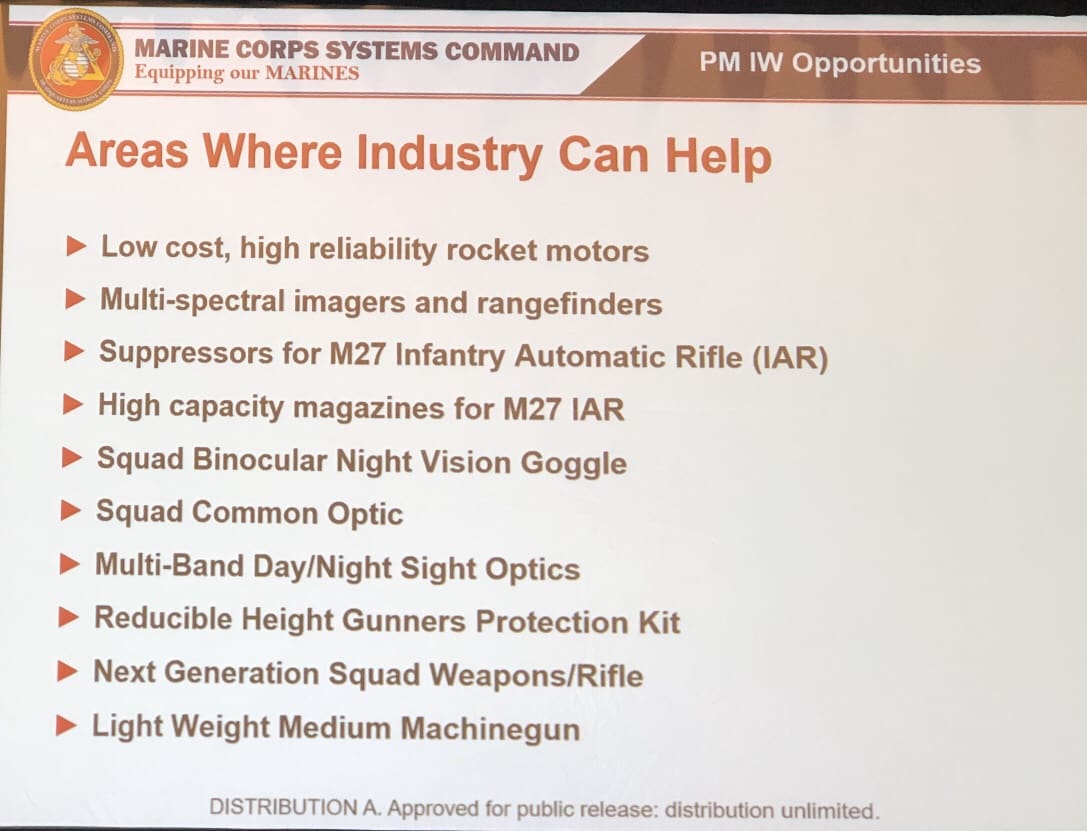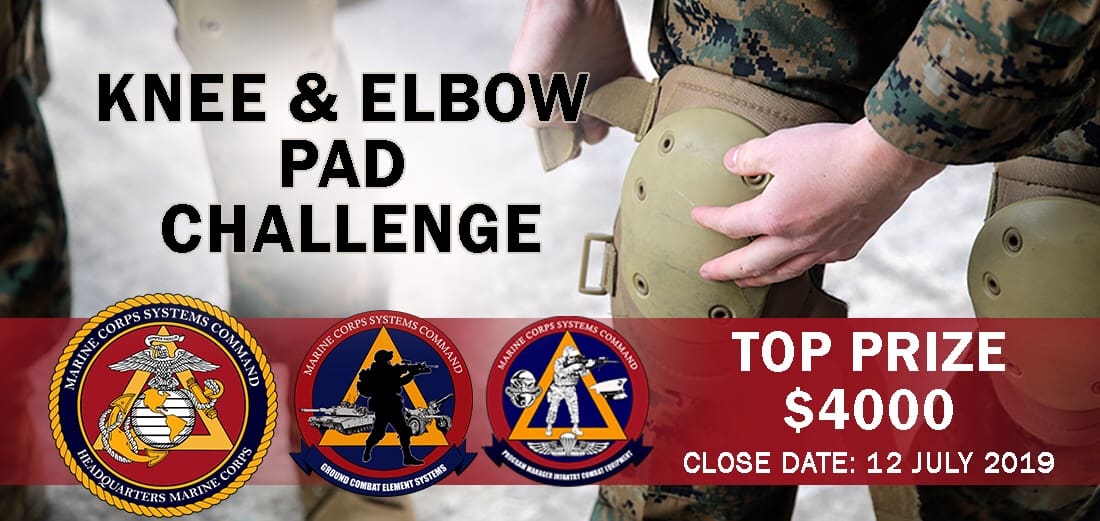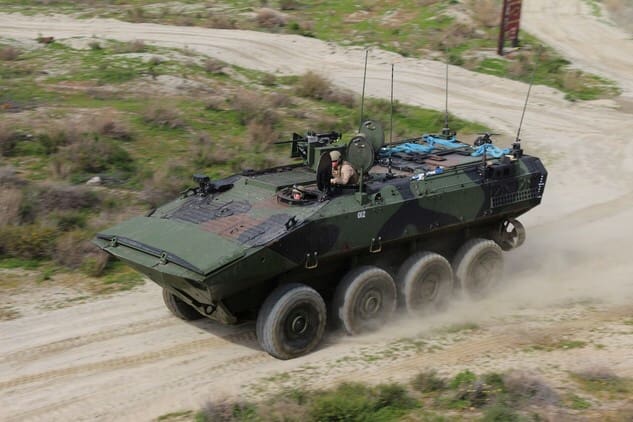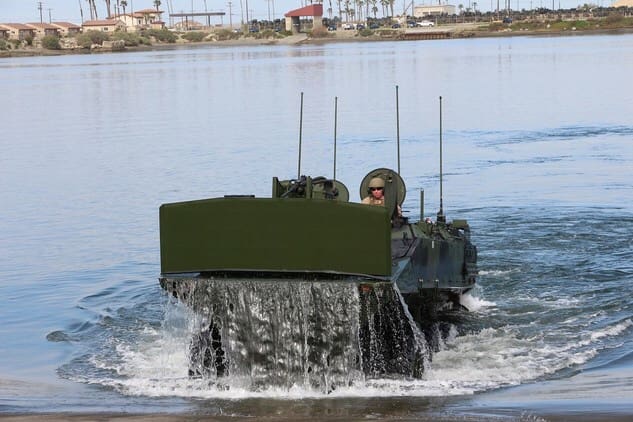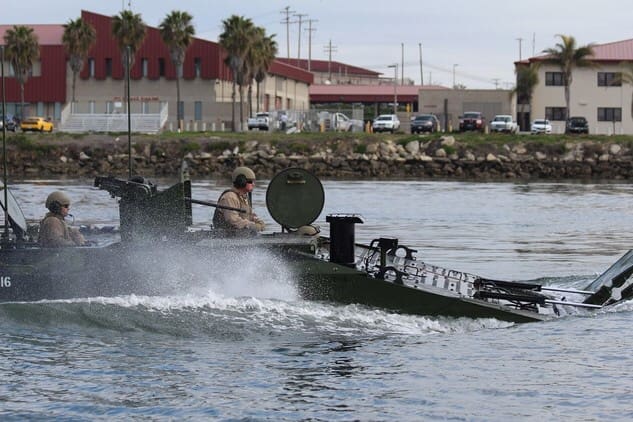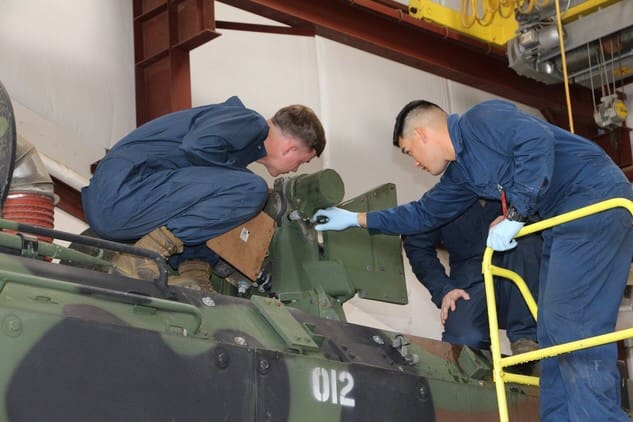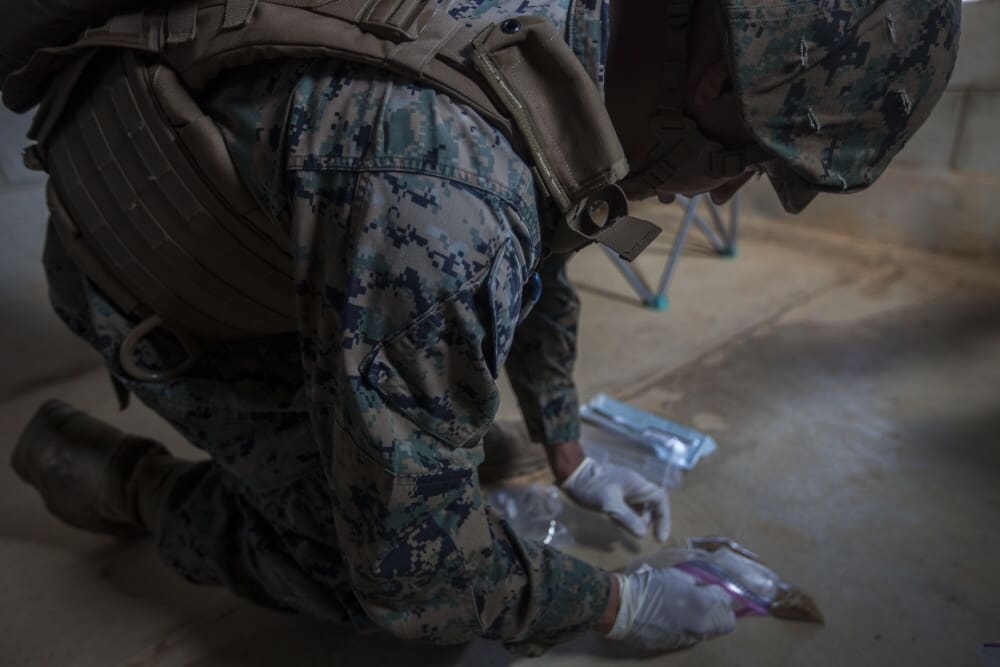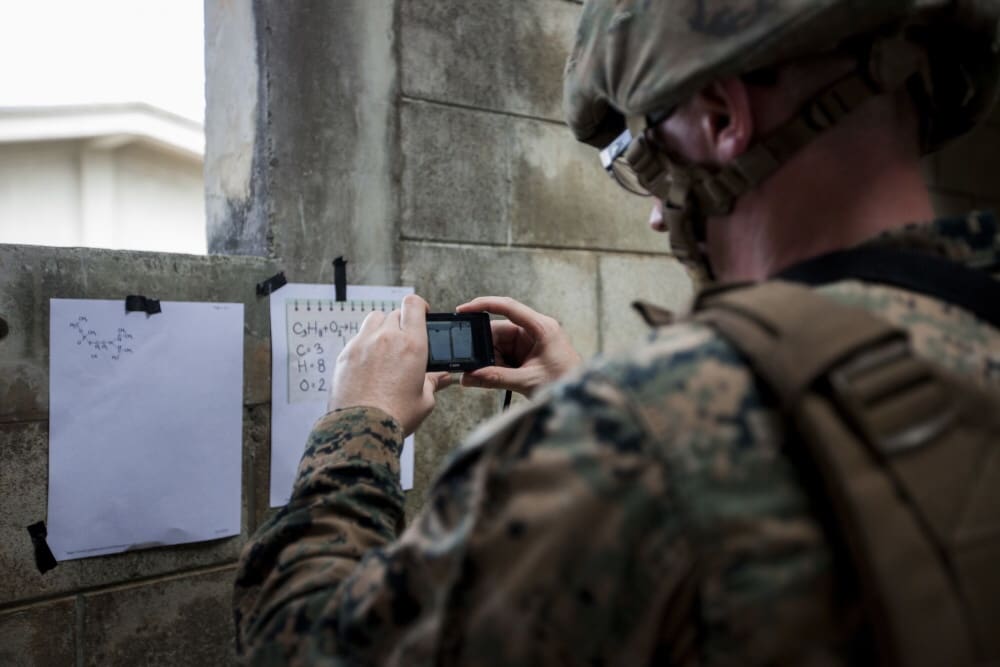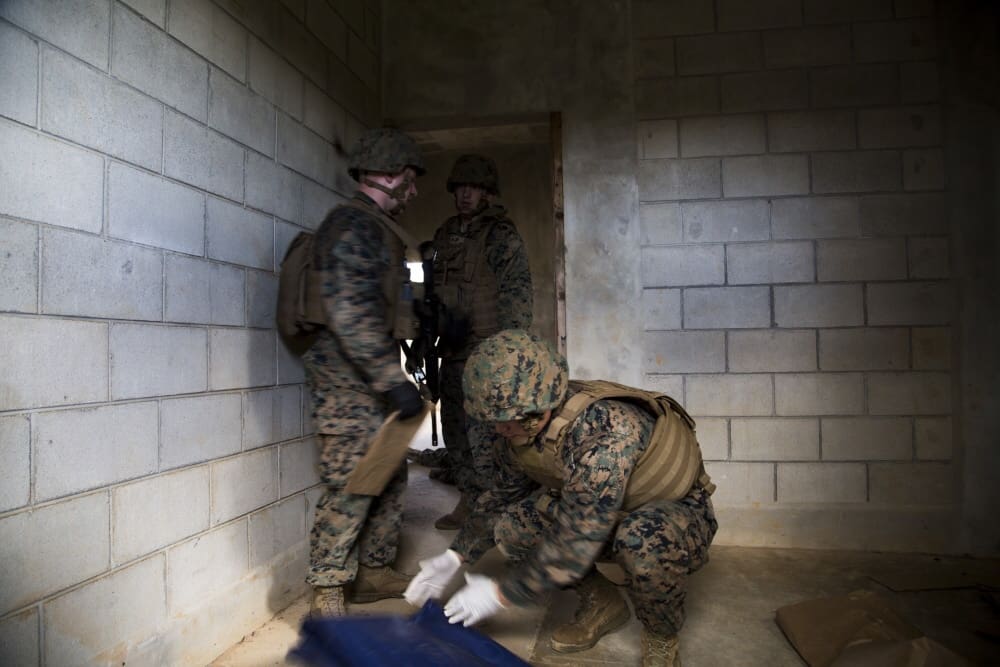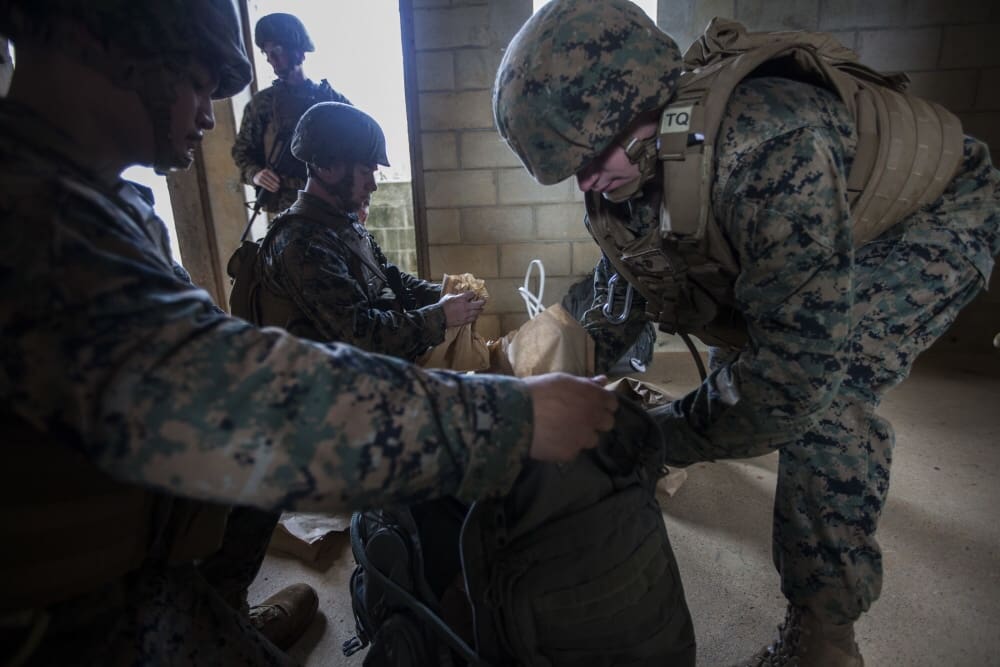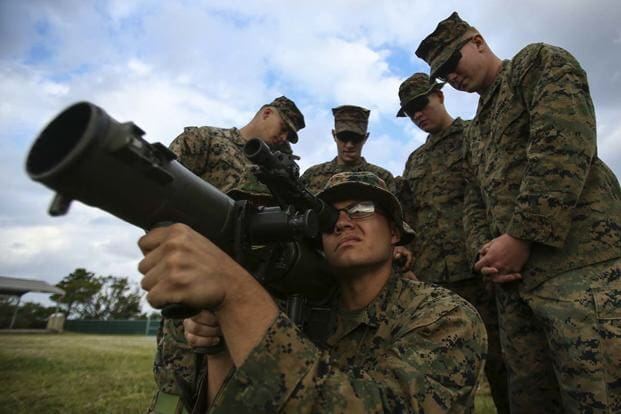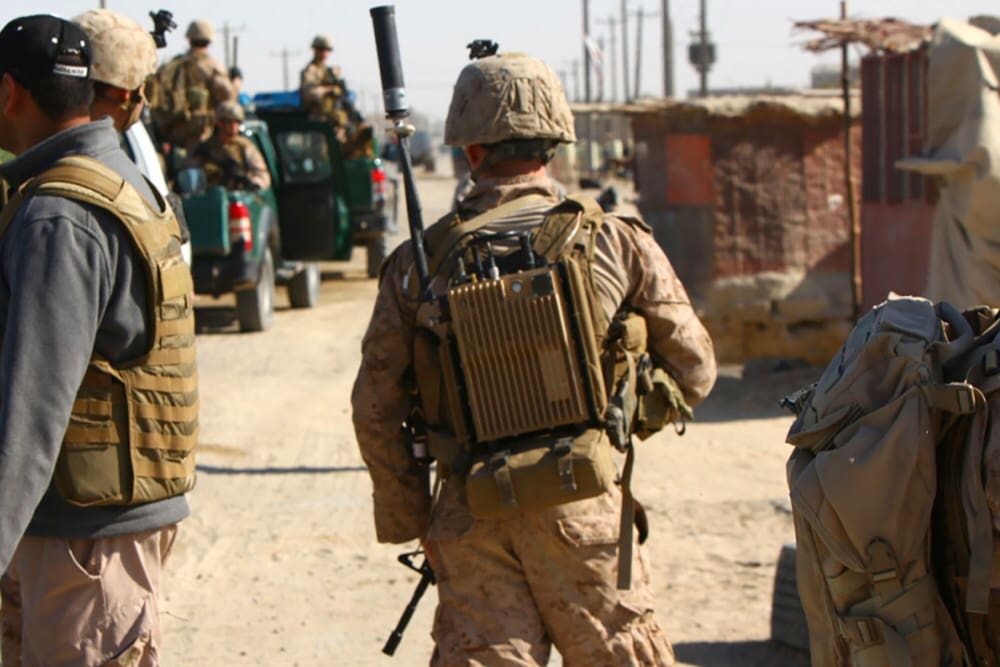This week, the Marine Corps Systems Command issued a Request for Information to Industry, seeking a Berry Amendment compliant Integrated Helmet System.
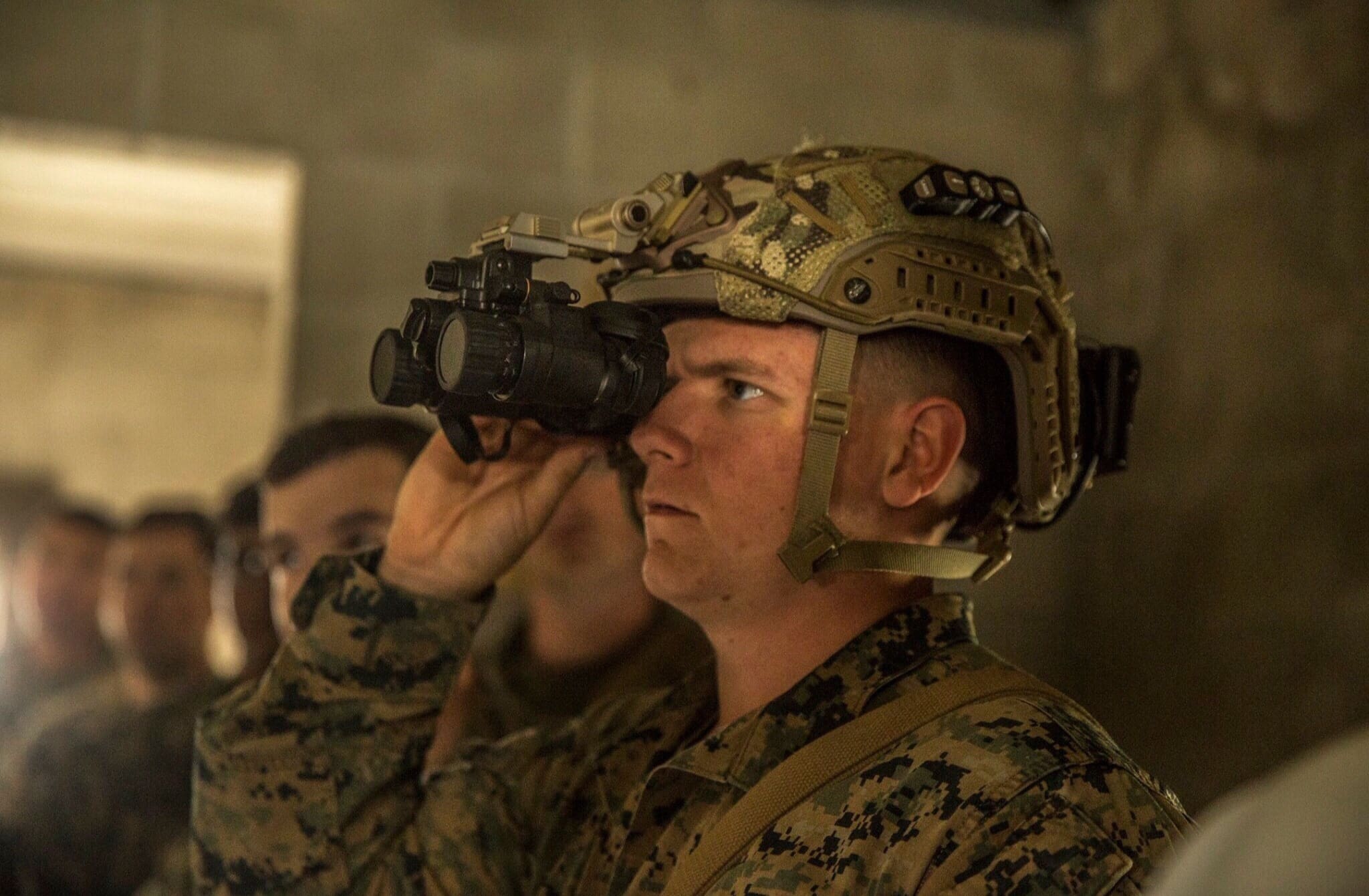
Just last year, the Marines evaluated mid and high cut helmets during Urban Advanced Naval Technology Exercise 2018 (Urban ANTX-18) at Camp Pendleton, California and purchased a small number of Enhanced Combat Helmets in these shapes for further testing.
The Marine Corps envisions IHS as a lightweight helmet system (includes shell, suspension, retention system, and other mounting devices) that will provide an integrated head protection platform for infantry and infantry-like Marines. The IHS will be employed by male and female Marines under various environmental conditions for long durations in conjunction with other gear and equipment. With the increased number of battery powered optics and other attachments to the helmet, the amount of exposed/unsecure wires and battery packs are increasing. The Marine Corps is looking for an optimized configuration to allow power and/or data to flow to the attachments while minimizing bulk.
In addition to a universal, modular mounting system for all components that allows for compatibility with legacy and future capabilities, IHS must be compatible with the following:
– Communications/hearing protection
– Night Vision Devices including external battery components
– Power cable management or power transfer
– Eye protection
– CBRN Equipment (mask and cover)
– Standard Marine Corps clothing
– Oxygen mask
– Rail system to mount ancillary devices
– Body armor
– USMC Pack
Here are the desired ballistic capabilities of IHS:
Minimum V50 BL(P)s
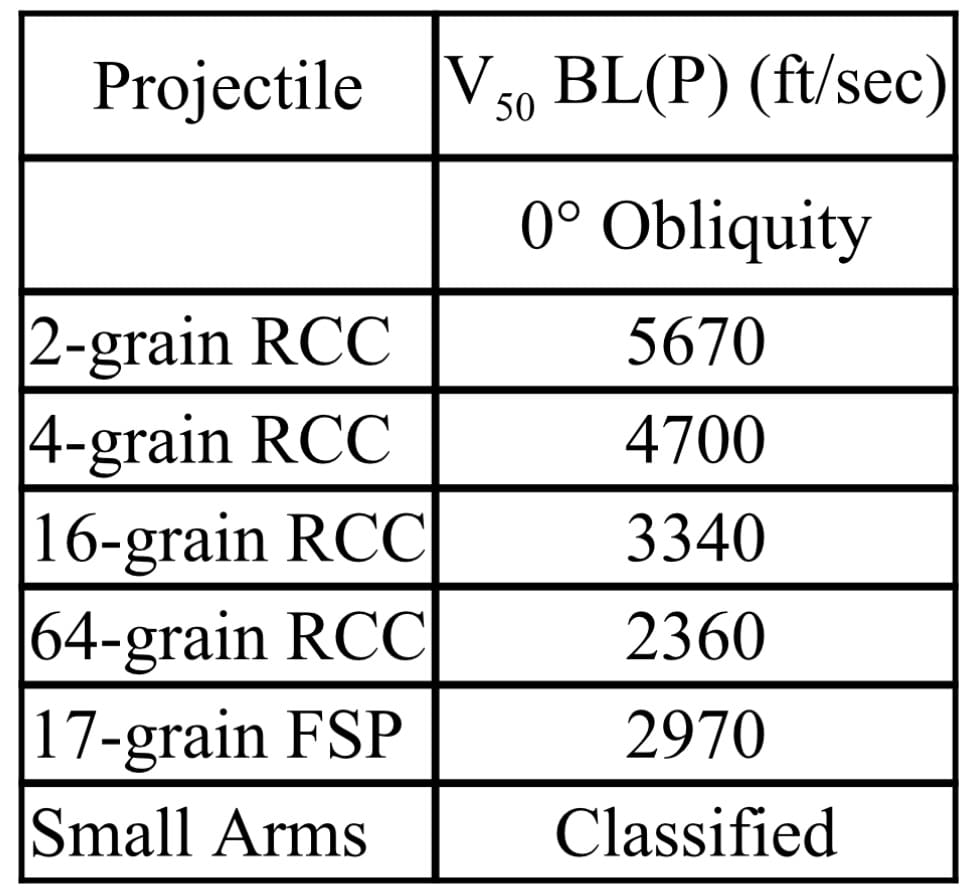
Additionally, the finished helmet, including any hardware exposed on the outside of the shell (if hardware is used for any attachments), shall be resistant to penetration from a 9 mm FMJ RN bullet at 1400 (+50, –0)ft/sec at 0° obliquity.
IHS must also protect from bump or blunt impacts. At a minimum, no individual acceleration shall exceed 150 G (gravitational constant) at 10ft/s. Greater impact protection (i.e., fewer G) is desired.
Below are the maximum weights by size.

Once again, the Marines plan to use Mid Tear Acquisition to conduct an “Other Transaction Agreement (OTA)” a process which is being used more and more to quickly test and field mature technologies and equipment. In the event a contract is awarded, the minimum order will be 24,000 IHS, delivered within one year of First Article approval.
Those interested have until 5 July, 2019, at 11:59 Eastern to submit.


